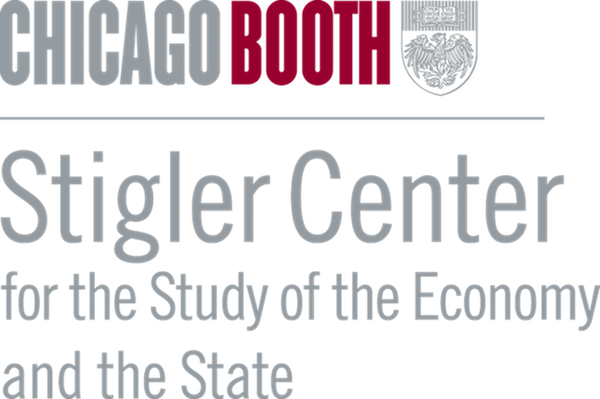Labor
The FTC’s Proposed Ban on Noncompetes Could Raise Wages by Four Percent
Nearly one in five American workers are affected by noncompete agreements, which prevent workers from working for or creating a rival firm. In new research, Axel Gottfries and Gregor Jarosch estimate that the Federal Trade Commission’s proposed noncompete ban could raise wages by 4%.
How Stricter Merger Guidelines Benefit Workers
Stricter merger policy guidelines will increase competition, leading to higher wages and welfare for workers, writes Kyle Herkenhoff and Simon Mongey. The authors use economic modeling to show that the stricter 2023 Guidelines will improve worker welfare, and that even tighter thresholds can be applied to labor markets to amplify worker welfare gains from antitrust policy.
The Kroger-Albertsons Merger Will Not Help Grocery Competition
Kroger and Albertsons say they need to merge to compete with Walmart. Claire Kelloway argues that what they really want is Walmart’s monopsony power, and permitting mergers on these grounds will only harm suppliers, workers, and consumers.
Firm Consolidations Hurt Workers, But Likely Not Because of Market Power
In new research, Sabien Dobbelaere, Grace McCormack, Daniel Prinz, and Sándor Sóvágó find that mergers negatively impact labor market outcomes. Mergers result in job losses, and the earnings of workers who lose their jobs don’t recover for several years on average. The authors find these negative consequences are more likely attributable to the restructuring of labor forces than subsequent firm market power.
Labor Markets Are the New Frontier for Competition Policy
Do labor markets in Europe or the United States and Canada experience more monopsony power? In a new paper published in the University of Chicago Law Review, Satoshi Araki, Andrea Bassanini, Andrew Green, Luca Marcolin, and Cristina Volpin provide comparisons of monopsony power between the two regions, documenting similar levels of concentration across labor markets despite generally stronger protections in Europe. They also discuss the effects of such concentration on employment and wages, ending with potential regulatory reforms to address these issues.
What the Practice of Noncompetes in Italy Says About the Current American Debate
American antitrust regulators have recently taken aim at noncompete clauses. They argue that noncompetes suppress labor bargaining power and thus wages. The Italian labor market differs from its American counterpart in its rigid protections for labor, but the use of noncompetes in Italy occur at about the same rate as in the United States and shows a correlation with lower wages for workers whose noncompete clauses are unjustified because their jobs require little training and do not grant access to trade secrets. The evidence from Italy suggests that better regulation of noncompetes and informing workers of their rights is justified on the whole.
Mobile Internet Is Changing Employment in Developing Countries, but Not Always as Expected
Scholars and policymakers have put much faith into the prospect of internet connectivity catalyzing development in low- and middle-income countries. In new research, Pinelopi...
Are There Really Gender Pay Differences in the CEO Labor Market?
The gender pay gap is a well-documented phenomenon in global labor markets, but this gap does not seem to apply to the pay of...
Globalization’s Uneven Impact on Women’s Occupational Attainment
The literature on globalization’s impact on women’s workforce participation generally takes a positive outlook but still produces mixed results. In their research, Yoav Roll,...
How Women in the Workplace Has Changed Over the Last 50 Years
Decades of progress have seen greater opportunities for women in the workplace, but sizable gender gaps still remain. Stefania Albanesi, Claudia Olivetti and Barbara...





